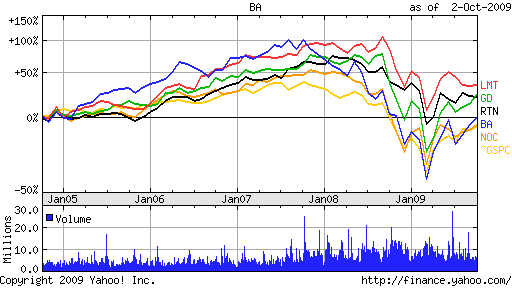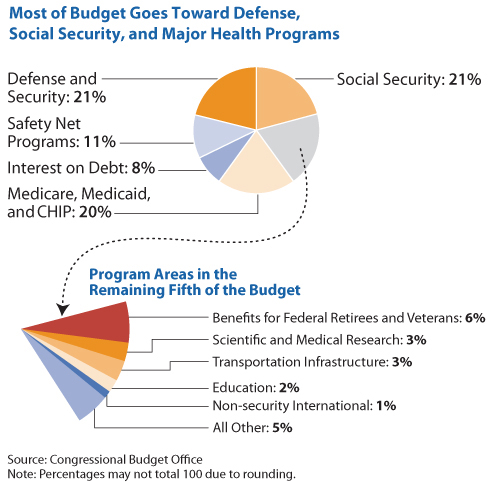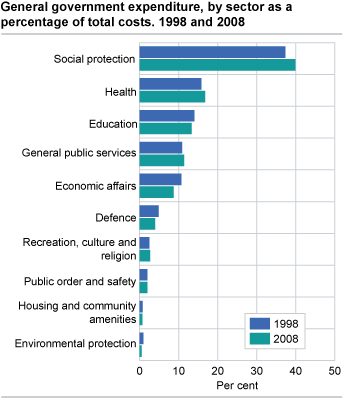Despite the significant rise in the markets from the March lows, not all the stocks are up year-to-date (YTD). While many ADR stocks are in the positive territory for the year some are still down heavily. The Five Best and Worst Performing ADRs YTD are listed below.
The Five Best Performing ADRs:
Company: Spreadtrum Communications (SPRD)
Country: China
YTD Change: 396%
Company: Mechel Steel (MTL)
Country: Russia
YTD Change: 334%
Company: KongZhong (KONG)
Country: China
YTD Change: 330%
Company: Aixtron (AIXG)
Country: Germany
YTD Change: 303%
Company: VanceInfo Technologies (VIT)
Country: China
YTD Change: 294%
The Five Worst Performing ADRs:
Company: Mizuho Financial (MFG)
Country: Japan
YTD Change: -29%
Company: LDK Solar(LDK)
Country: China
YTD Change: -38%
Company: The9 (NCTY)
Country: China
YTD Change: -43%
Company: Rostelecom (ROS)
Country: Russia
YTD Change: -48%
Company: Invitel (IHO)
Country: Denmark
YTD Change: -51%
Note: Performance data as of October 5, 2009


